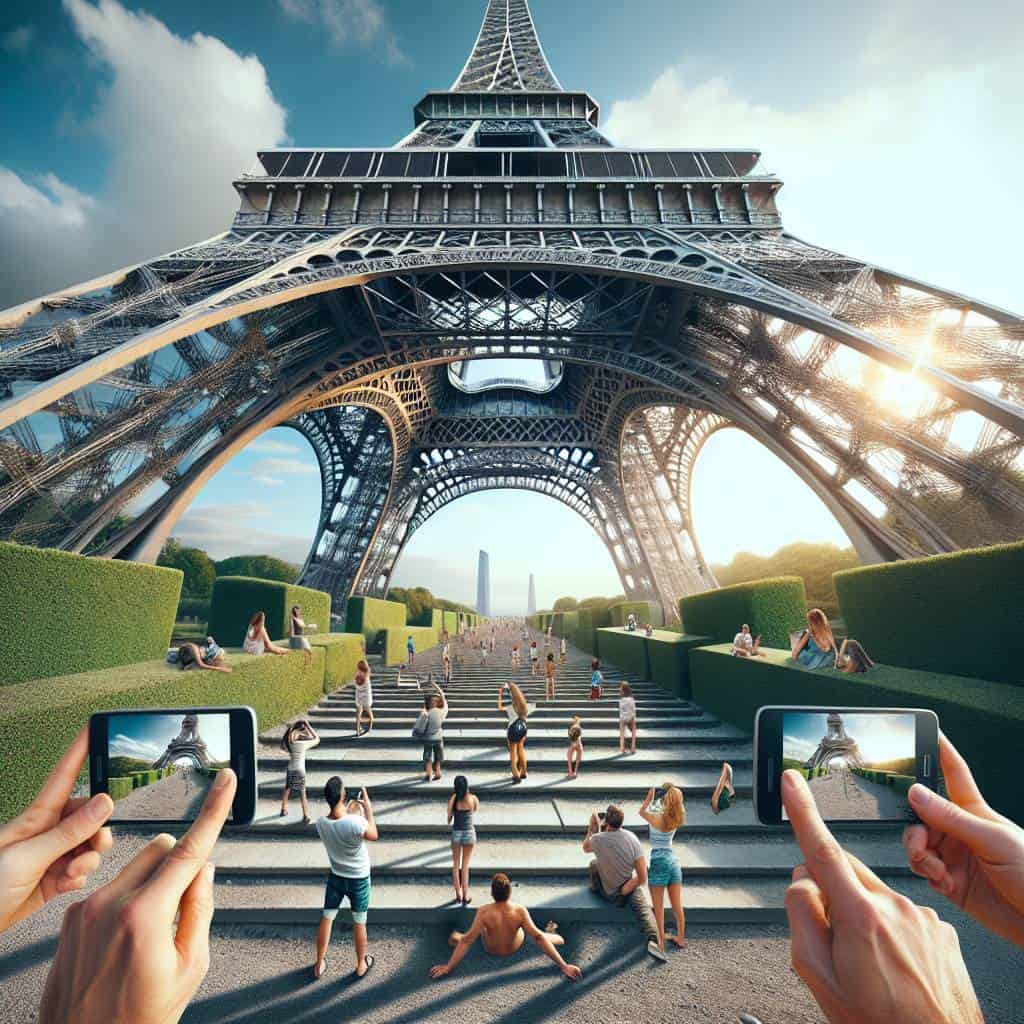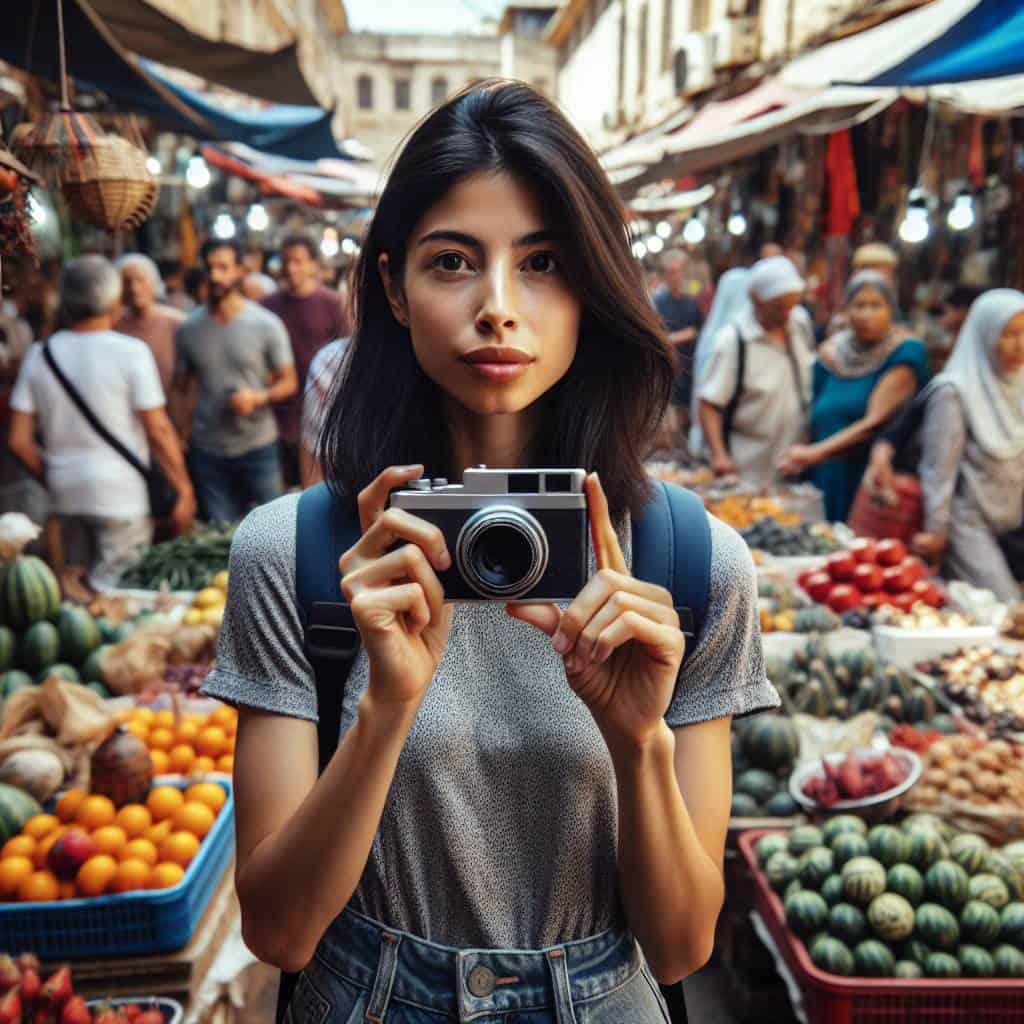I once snapped a photo of the Eiffel Tower that looked more like an abstract painting than a postcard-worthy masterpiece. Maybe it was the jet lag talking, or perhaps the blinding Parisian sunlight, but my attempt at capturing this iconic structure was a disaster. There it was—an imposing symbol of romance and grandeur—reduced to a tilted, blurry mess that no amount of Instagram filters could salvage. I’d like to blame my phone, but let’s be honest: the fault lay squarely in my hands. It was a wake-up call that screamed, “Get it together, Mia!”—and it’s the kind of photo fail we’ve all had in our travel albums.

So, you want to take better travel photos? I’m not here to sell you a miracle lens or convince you that buying the latest gadget will suddenly turn you into Ansel Adams. What I can offer is a bit of hard-won wisdom about real, practical changes you can make. We’ll delve into the nitty-gritty of smartphone settings, the nuance of composition and lighting, and the art of storytelling through your lens. Consider this your personal guide to turning those muddy postcards into vivid memories worth revisiting. Here’s to never sacrificing a moment’s magic to a lackluster image again.
Table of Contents
Why My Smartphone Thinks It’s Ansel Adams: A Journey Through Composition and Chaos
I get it. You whip out your smartphone, snap a photo of that majestic mountain, and suddenly, your device thinks it’s channeling Ansel Adams. But let’s cut through the fog of digital deception. Your smartphone isn’t some artistic genius; it’s a tool. A sophisticated, pocket-sized tool that can capture stunning images, sure, but it can’t replace your eye for composition and your soul for storytelling. The chaos of travel photography—unpredictable weather, unruly crowds, fleeting moments—is where your camera meets the raw elements of the world. But amidst this chaos lies the potential for breathtaking photography, if only you have the eye to see it.
To truly harness your smartphone’s potential, you need to think like a photographer, not a tourist with a gadget. Composition is your silent storyteller. It’s the rule of thirds, guiding the eye to what’s important. It’s understanding how light paints your subject, creating shadows and highlights that breathe life into an image. Your smartphone’s algorithms might enhance colors and adjust exposure, but they can’t decide what story you want to tell. That’s your job. So, when you’re framing that shot, ask yourself: What’s the story here? Is it the way the light kisses the cobblestones at sunset or the chaotic dance of people in a bustling market? Your smartphone might think it’s Ansel Adams, but you’re the one with the vision.
Framing the World, One Shot at a Time
Your smartphone isn’t the problem; it’s your eye for the story. Compose with intent, light with purpose, and let your photos speak truths only you can tell.
The Final Click: Seeing Beyond the Lens
As I wrap up this visual odyssey, I can’t help but feel that photography is less about the perfect shot and more about the stories we dare to tell. My smartphone, once a mere tool, has become a partner in crime, capturing the raw essence of fleeting moments. And while it won’t win any awards for artistic genius, it teaches me something far more valuable: the beauty in imperfection. I’ve learned that good lighting and composition are just the starting points, not the endgame. It’s the chaos and unpredictability that breathe life into a photo, transforming it from a static image into a living narrative.
But here’s the real takeaway: photography, much like life, isn’t about chasing perfection. It’s about embracing the mess and finding meaning amidst the discord. So, next time you point your camera at the horizon, forget the rules and let your instinct guide you. Trust your eye, trust your story, and above all, trust the moment. Because in the end, it’s not the camera or the technicalities that matter; it’s the perspective you choose to share with the world. And maybe, just maybe, that’s where true artistry lies.


